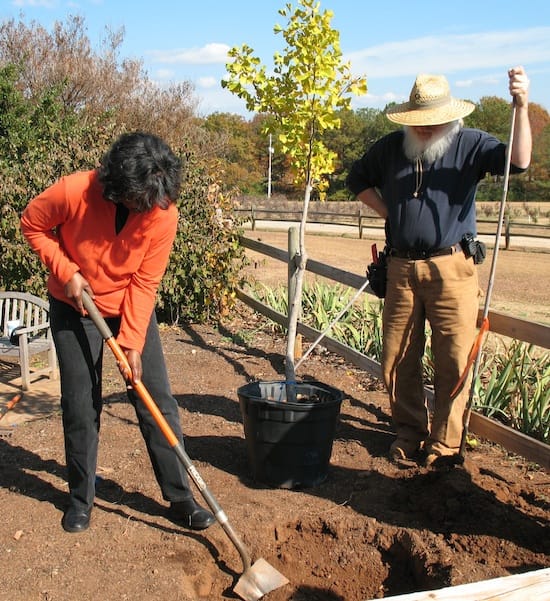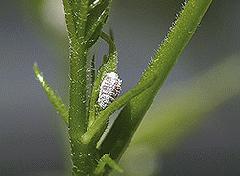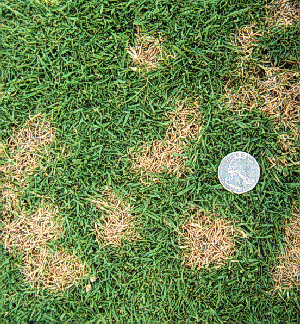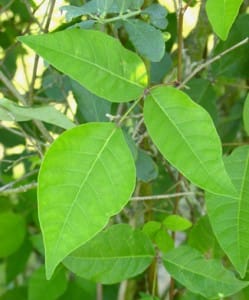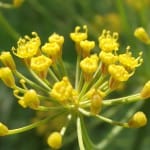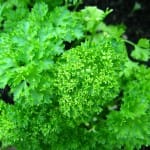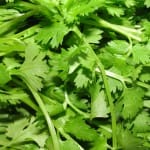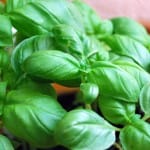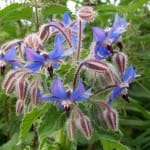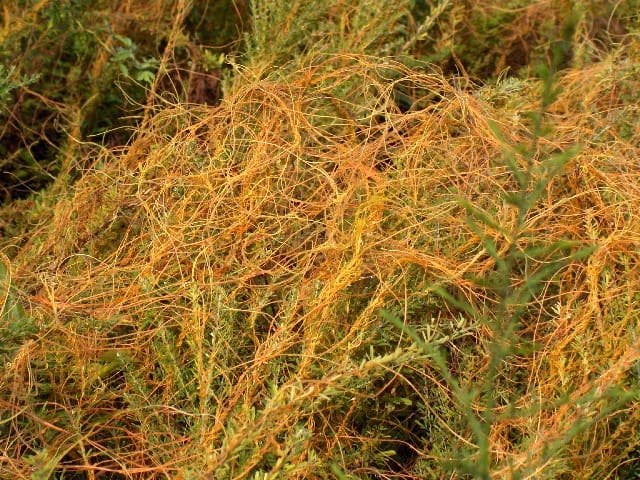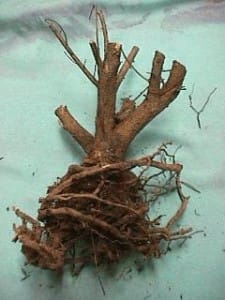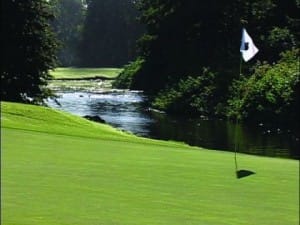Source(s): Jim Midcap, Extension Horticulturist, The University of Georgia
The hydrangeas we know best in Georgia are the garden shrubs which produce fluffy blue flower globes during summer.
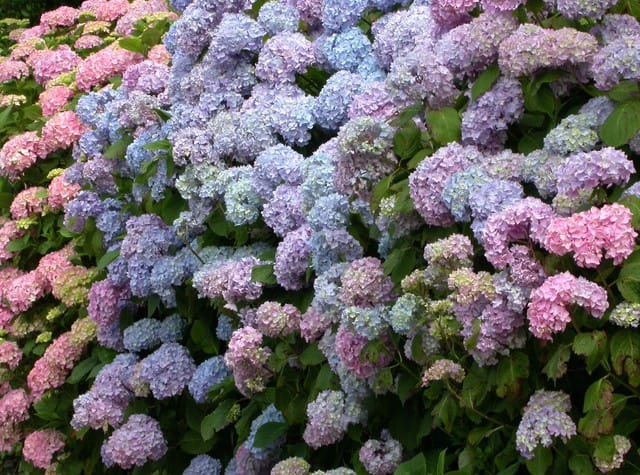
We also see them in florists’ pots, blooming in rich shades of pink or blue – until we plant them in our gardens. Then they flower in a sickly blend of the two colors or not at all.
Let’s look at ways we can help that familiar “mophead” or “florists”‘ hydrangea look its best and let’s learn about its wonderful relatives, the other hydrangeas for our landscape.
Hydrangea macrophylla
Hydrangea macrophylla is the botanical name for bigleaf hydrangea. There are two distinct types of bigleaf hydrangea: the “hortensia” (mophead,florists’, French and Japanese are some of its nicknames) and the “lacecap”, so-called because of the disc-like blooms that have tight little fertile flowers in the center and showier sterile flowers around the outer edge.
Bigleaf hydrangea blooms may be blue, pink or white, depending upon plant variety and soil acidity. This plant can absorb more aluminum from acidic (pH 5.0-5.5) soil. Aluminum contributes to rich blue flowering. Less aluminum can be absorbed by a plant growing in more alkaline (pH 6.0-6.5) soil. A deeper pink flower is the result. Color can be intensified as follows:
Make blue-flowering varieties or cultivars bluer over time by watering in 1/2 cup wettable sulfur powder per 10 square feet once a year OR, more quickly, by applying one tablespoon of aluminum sulfate in a gallon of water around the plant in March and again in April and May.
Pink varieties or cultivars develop richer color if you apply one cup of granular dolomitic lime per 10 square feet once a year OR if you drench around the plant with one tablespoon hydrated lime powder in a gallon of water in March, April and May.
Plant bigleaf hydrangea in partial shade, only as deeply as it grew in the pot or previous location, working lots of organic matter into a wide hole. Keep the plant evenly moist but do not fertilize during the first month or two. Afternoon shade and good mulching help to keep the leaves from drooping in summer heat.
Fertilize in March, May and July with one pound (2 cups) of 8-8-8 or 10-10-10 granular fertilizer per 100 square feet and water deeply as needed. Hydrangeas are very hungry, thirsty plants. An acid forming fertilizer would be best for blue varieties, an alkaline fertilizer for pink ones.
Prune bigleaf hydrangeas to control size as blooms fade, usually before August 1, because next year’s buds begin forming during late summer. Pruning in spring removes potential blossoms. If you choose to let the shrub reach its natural size and shape, you may prune for increased vigor by cutting out old woody stalks to the ground in-late winter.
Protect developing flower buds from late freezes which sometimes destroy a year’s flowering. Patio pots of small varieties can be moved to shelter during extreme cold. Large plants may be covered with sheets or blankets, but these should be removed during sunshine or the plant may be scorched.
Blooms usually appear during June and July in the Atlanta area. Cutting them for indoor use or drying encourages more bloom. Dry the blossoms by hanging in a dry, warm location or by putting them in a vase with only an inch or so of water and ignoring them until they are dried.
Varieties of Hydrangea macrophylla (bigleaf hydrangea) are endless, but many are available only from specialty nurseries. Here are a few good ones to look for:
Hortensias (Mopheads)
- ‘Nikko Blue’ – the standard blue mophead, grows to 6′, heavy bloom, needs acid soil
- ‘Otaska’ – rich blue in acid soil, to 3′ tall, bends under weight of blossoms
- ‘Forever Pink’ – needs lime here for richest color, compact 3′ tall, good dark green foliage, early June bloom
- ‘Pia’ – very small (1′) for rock garden or mixed border, reddish-purple bloom in any soil acidity
- ‘Sister Therese’ – small, white bloom, good for containers
Lacecaps
- ‘Variegata’ – nice white-edged light green foliage, blue disc flower in acid soil, 3′ tall
- ‘Lanarth White’ – to 3′, mostly white bloom with touches of blue or pink in July/August, perhaps the best lacecap
- ‘Blue Wave’ – rich blue in acid soil, to 7′ tall.
Hydrangea serrata
Hydrangea serrata, named for its serrated leaf edges, is very much like the lacecap bigleaf hydrangea. Being a mountain woodland native, it is more cold-hardy. Treat it like the big leaf and try these cultivars:
- ‘Bluebird’ – grows to 5′, resists drought, June flowers may be coaxed to blue or pink
- ‘Preziosa’ – to 4′, flowers emerge pink, deepen to crimson, sun or part shade, red fall foliage
Hydrangea arborescens
Hydrangea arborescens is called “hills of snow” because of its broadly rounded, showy white blooms or “smooth hydrangea” because of its bark appearance. These plants are striking when grouped in natural-looking masses under trees.
Plant this southeastern native in moist, partly shaded, rich soil.
Fertilize well in late winter with 10-10-10 (2 cups per 100 square feet), mulch to retain moisture, water during dry spells.
Prune this kind of hydrangea in late winter before new growth begins, for H. arborescens blooms on the new growth of the season. To restrict size cut the whole plant to 12″ in height. Otherwise remove the oldest stems to the ground and tip-prune the vigorous young ones.
Blooms appear in June/July. Another flowering in August/September may occur if old flowers are removed after completing their bloom.
Cultivar ‘Annabelle’ is the only one recommended. It grows 3′ to 5′ tall, 4′ to 6′ wide, and has gorgeous flower mounds up to a foot across. The blooms emerge apple green, become white, then revert to green before browning. Fall foliage is sometimes yellow. ‘Annabelle’ has been chosen as a 1995 Georgia Gold Medal Plant because of its outstanding flower and growth characteristics.
Hydrangea paniculata
Hydrangea paniculata is a large (10′ to 15′) shrub commonly seen in the colder northeast where its white panicles (cone shaped blossoms) fade to an old rose in early autumn. It also grows vigorously in our area – in fact it is hard to kill.
Plant in moist, loamy soil either in sun or part shade.
Prune in late winter (blooms appear on the new season’s growth) by cutting back hard to control size or by removing all but 5 to 10 vertical stems on which new, vigorous shoots will grow and flower.
Fertilize heavily in April and June with a cup or two of 10-10 10 per plant.
Cultivars include:
- `Grandiflora’ – usually called “PeeGee” (short for Paniculata Grandiflora, has cones of bloom 12″ to 18″ long and 6″ to 12″ wide at base during late summer
- `Praecox’ – blooms in June
- ‘Tardiva’ – smaller flowers in September, good for cutting
Hydrangea quercifolia
Hydrangea quercifolia, the “oakleaf hydrangea”, gets its name from the shape of its leaf. A southern native, the species is often seen in older gardens where it suckers from it roots to form wide colonies in moist, shady areas. This plant is remarkable for rich red and bronze fall color and for attractive peeling bark in winter.
Plant in moist, semi-shady, rich soil where a rather casual, woodsy appearance is appropriate. Good drainage is needed.
Fertilize with 8-8-8 or 10-10-10 in spring and summer, one pound per 100 square feet, and keep evenly moist.
Blooms are cone-shaped white, aging to rose and then brown, appearing in early summer. They arise from buds set at the end of the previous summer.
Prune around August 1 as blooms fade. Cut out old canes to promote new growth.
Cultivars represent a big improvement over the species:
- `Snow Queen’ – flowers mature to a good pink, foliage dark green, withstands sun well, holds flower spikes upright
- `Snowflake’ – prefers partial shade, the many large blooms have a double-flowered appearance, probably the best oakleaf
- ‘PeeWee’ – a 2′ to 3′ cultivar, good choice for smaller gardens or mixed borders
Hydrangea petiolaris
Hydrangea petiolaris, the climbing hydrangea, is an unusual and uncommonly good vine or groundcover for our area. Deep green leaves turn bright yellow in autumn and then drop to reveal the tracery of peeling bark throughout the winter.
Like ivy this vine clings with root-like holdfasts and so should be planted only against masonry walls or very sturdy trellises. It is effective tumbling over a rock wall or climbing a large tree, where it may grow to 60′ or 80′. Climbing hydrangea grows in a mounded, three-dimensional habit, unlike other vines that lie close to the surfaces they cover.
Plant in a moist, semi-shady area with rich, well-drained soil. Very cold-hardy, it suits a northern or eastern exposure well. After a year or two of slow root establishment, it should grow rapidly.
Fertilize in spring if you wish with a balanced complete fertilizer such as 10-10-10 and keep evenly moist.
Blooms are of the white lacecap type, occurring in June or July on old wood. Heavy shade may reduce the number of flowers, but this plant is worth growing for foliage and bark alone.
Prune only as necessary to keep in bounds.
Schizophragma hydrangeoides
Schizophragma hydrangeoides, Japanese hydrangea vine, is quite similar to climbing hydrangea. This vine has more deeply serrated leaves, lies flat against the surface it climbs and blooms a little later. Site and culture needs are the same as for H. petiolaris.
There is a rose-tinged cultivar called ‘Roseum’, while ‘Moonlight’ has silvery green leaves and white lacecap blooms.
Sources for Out of the Ordinary Hydrangeas
- Louisiana Nursery, Rt. 7, Box 43, Opelousas, LA 70570
- (318) 948-3696
- Catalogue $5, refundable with purchase
- Wayside Gardens, 1 Garden Lane, Hodges, SC 29695-0001
- Wilkerson Mill Gardens, 9595 Wilkerson Mill Rd., Palmetto, Ga 30268
- (404) 463-9717
- Phone for extensive list of varieties and direction
Center Publication Number: 76
